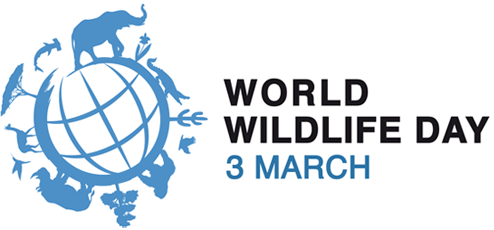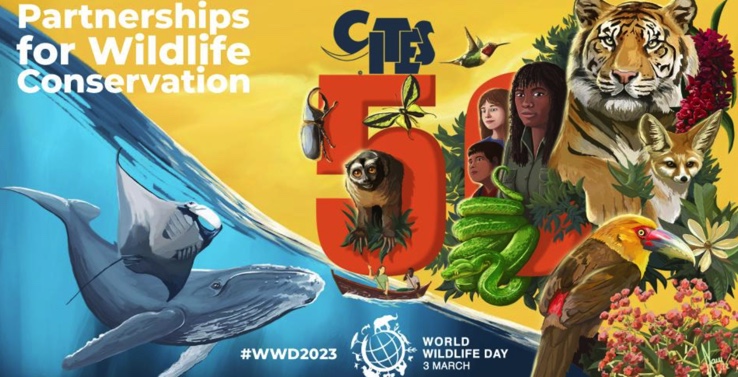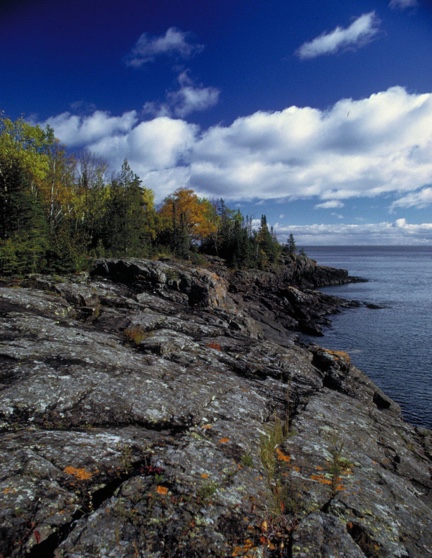The United Nations General Assembly in 2013 designated March 3 as World Wildlife Day. The designation reaffirms “the intrinsic value of wildlife and its various contributions, including its ecological, genetic, social, economic, scientific, educational, cultural, recreational and aesthetic contributions to sustainable development and human well-being….”

March 3 was chosen because it is the anniversary of the day—March 3, 1973—when the Convention on International Trade in Endangered Species of Wild Fauna and Flora was established. Since 2013, World Wildlife Day has been celebrated around the world, focused on a theme to highlight a particular aspect of protecting wildlife. The 2023 theme is “Partnerships for Wildlife Conservation.”
The creation of the Convention on International Trade in Endangered Species of Wild Fauna and Flora (CITES) marked a turning point in the fight to protect wild creatures. Wild animals and plants are traded throughout the world, but unregulated trade had become a serious threat to the survival of many species. Consequently, representatives of 80 countries gathered in Washington, DC, in 1973, to establish CITES as the international treaty to regulate trade. Today, 181 countries have ratified the treaty.

CITES regulates trade in about 35,000 species of wild animals and plants. The treaty lists species on one of three “appendices” that provide different levels of protection. Appendix I represents species that are in immediate danger of extinction. Therefore, no regular international commercial trade is allowed in those species, or any of their parts (e.g., skins, eggs, teeth, internal organs). As of 2019, there were 1082 species are on Appendix I, including sea turtles, gorillas, giant pandas and lady slipper orchids.

Appendix II lists species that are not in immediate danger of extinction but which could become vulnerable if unregulated trade were allowed. As of 2019, 37,420 species are listed here, by far the biggest list. Appendix II species can be traded, but the trade is limited and must be fully reported and monitored to assure the condition of the species does not continue to decline. Included are lions, paddlefish, mahogany and many species of corals.
Appendix III lists species that one or more countries have requested to be regulated because the country believes they are locally vulnerable. As of 2019, 211 species are listed on Appendix III. Canada has requested that the walrus be put on Appendix III.
CITES regulates international trade, but not trade that occurs within individual countries. Visitors, therefore, are often fooled into thinking that because they can buy a souvenir at a local market—a sea-turtle shell, perhaps—that they can bring it home. But that is not true if the species is listed by CITES, resulting in confiscation upon arriving at customs.
References:
CITES. The CITES species. Available at: https://www.cites.org/eng/disc/species.php.
United Nations General Assembly. 2013. Resolution adopted by the General Assembly on 20 December 2013, 68/205, World Wildlife Day. Available at: http://www.wildlifeday.org/sites/default/files/PDF/UNGA_res_68.205_world_wildlife_day.pdf.
United States Fish and Wildlife Service. How CITES Works. Available at: https://www.fws.gov/international/cites/how-cites-works.html.

